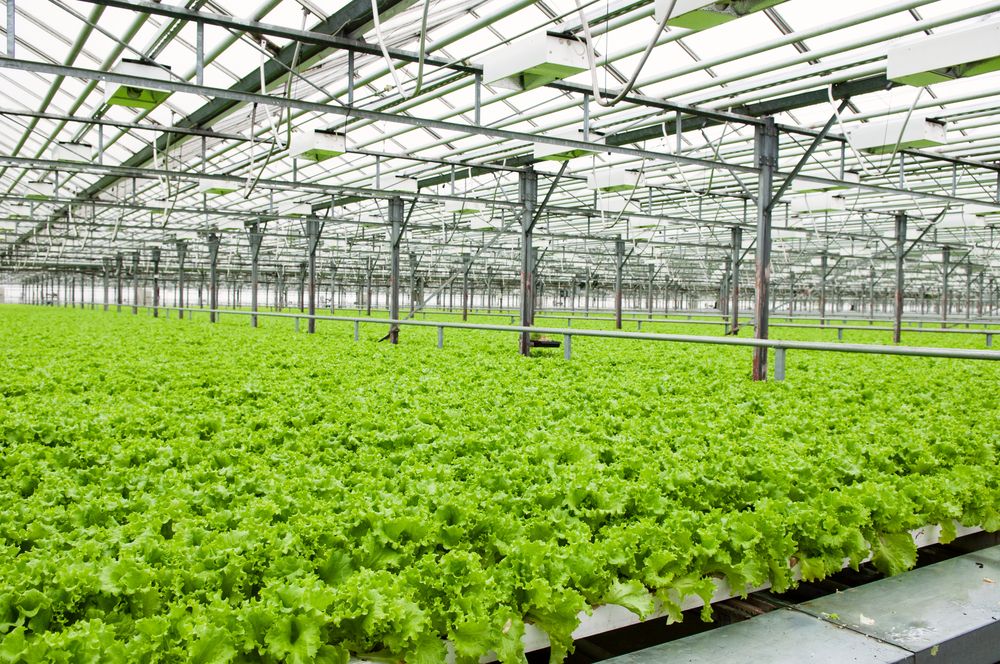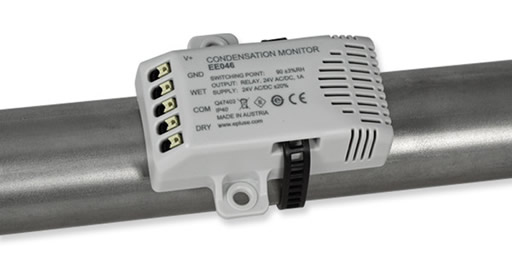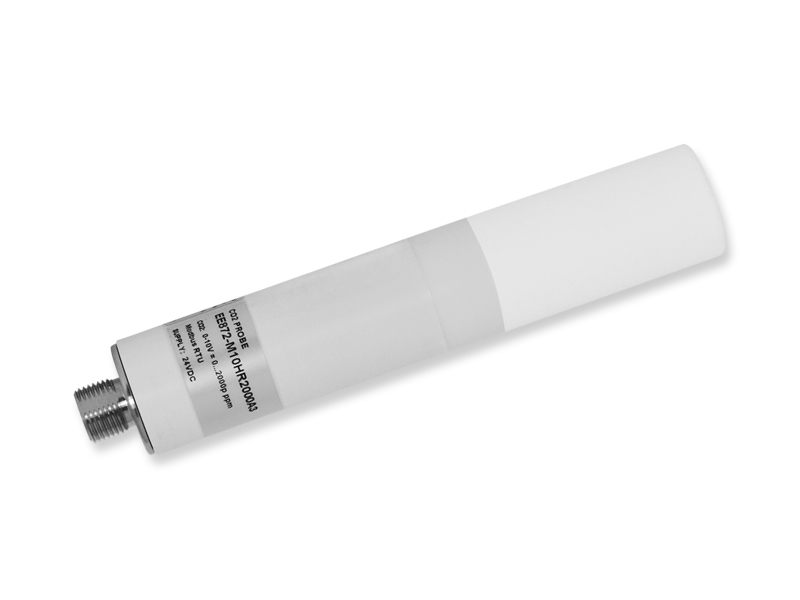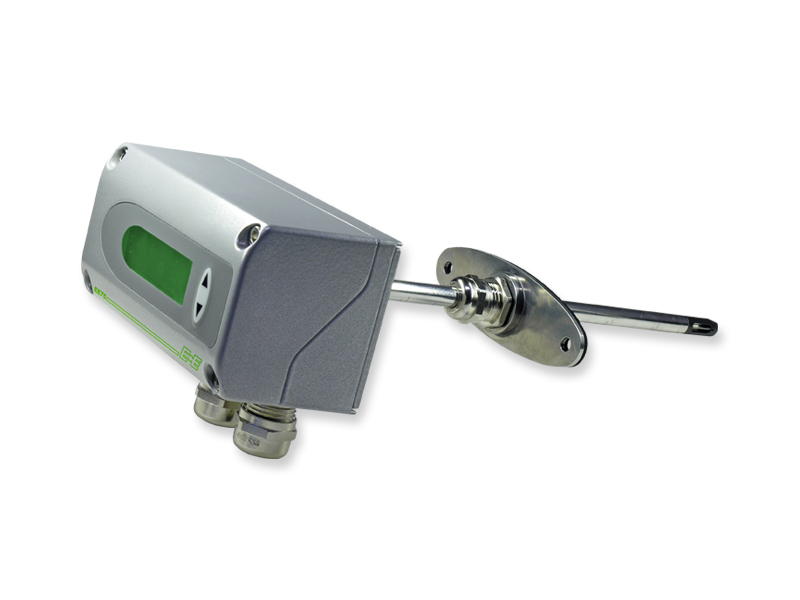When precision is needed to improve the yield of a grow room, consider all the factors that must be controlled. Integrating sensors to monitor these attributes are key to improving the environmental conditions of a grower.
 Integrating Sensors Key to Improving Environmental Conditions for Growing
Integrating Sensors Key to Improving Environmental Conditions for Growing

Article from | E+E Elektronik USA
E+E Elektronik USA develops precision sensing elements for HVAC, building automation, industrial process control, clean rooms, environmental applications and greenhouses. We were founded in Engerwitzdorf, Austria in 1979. This means we have nearly half a century of sensor development under our belt.
Our expertise is measuring very fine electrical changes caused by environmental variations. If the air becomes more humid, we can detect this and provide an accurate readout of the current humidity. If an air filter becomes clogged we can measure the minor change in air velocity to indicate that maintenance may be necessary.
Agriculture is a key market because of our precise measurement of atmospheric conditions. We offer many technologies but the three most important to the agriculture market are designed to measure:
-
Temperature and humidity
-
E+E utilizes a porous electronic element.These pores absorb water vapor in the air, which changes the capacitive nature of the sensor.These minor electrical variations are detected.To prevent contaminants from getting into the pores, each sensor is coated with a proprietary chemical.This chemical only allows water to penetrate to ensure an accurate reading.
-

-
Carbon dioxide
-
A specific wavelength of light is absorbed by carbon dioxide.Our CO2 sensors use a special infrared light and a detector tuned to this wavelength.A higher concentration of CO2 in the air causes less light to reach the detector, resulting in a measurably lower electrical output.Reliability and accuracy is maintained using technology that measures system drift and automatically calibrates the sensor.
-

-
Air velocity
-
As air flows over a heated resistor, the moving air molecules absorb the heat.This creates a cooling effect on the sensor that must be compensated through an increase in power.This change is translated into the air flow of that specific area in the environment.E+E can detect air velocity changes as small as 20 feet per minute (0.2 miles per hour) to ensure precise control of ventilation fans.
-

Greenhouses, vertical farms and container farms create an ideal environment for plants to grow. Water, nutrients and light are well-known essential ingredients but only contribute a portion of what is necessary to optimize growth. Temperature, humidity, CO2 and air flow are also key. E+E sensors monitor these atmospheric conditions accurately to help a grower control the environment. This improves the overall yield.
For example, an indoor grower may worry about microclimates – small areas that have significantly different conditions than the rest of the room. The EE872 sensor is used to measure temperature, humidity and carbon dioxide in a single compact form. This small size allows the grower to place these in key locations. If an EE872 detects a microclimate then the HVAC system can be activated to create a more uniform atmosphere. This uniformity ensures the plants will mature around the same time.
Stagnant air and water droplets on leaves can be detrimental to plants. A steady breeze helps to wick away this moisture and maintain consistent temperatures. Low air flow can result in fungus, yeast and other microbes multiplying and attacking the plants. The EE75 air velocity sensor can alert the grower when airflow has decreased. A fan can then be positioned to increase airflow to that specific area and ward off disease.
E+E Elektronik provides the sensors that give growers this level of control. Our innovative technology ensures that we offer the most robust and reliable environmental sensors on the market. When precision is needed to improve the yield of a grow room, consider all the factors that must be controlled. Integrating sensors to monitor these attributes are key to improving the environmental conditions of a grower. These sensors are essential to the future of agriculture and E+E Elektronik USA guides growers through our technology to find the right fit for their environment.
The content & opinions in this article are the author’s and do not necessarily represent the views of AgriTechTomorrow

E+E Elektronik
Lowering of energy costs, acceleration of growth and extension of the possible storekeeping duration can be optimised by the precise measurement of humidity, CO2-content and temperature. Optimum basic conditions for animals and plants ensure best agricultural products. As different applications demand various adopted solutions for optimization of agricultural processes, E+E Elektronik provides a broad portfolio of agricultural monitoring products
Other Articles
Ripening Fruit in Ripening Chambers – How Bananas & the Like Ripen in the Best Possible Way
Calculating Break Even and ROI When Investing in Sensors for the Cannabis Market
"Growth Turbo" CO2 - How Does CO2 Fertilisation Work in the Greenhouse?
More about E+E Elektronik
Comments (0)
This post does not have any comments. Be the first to leave a comment below.
Featured Product



